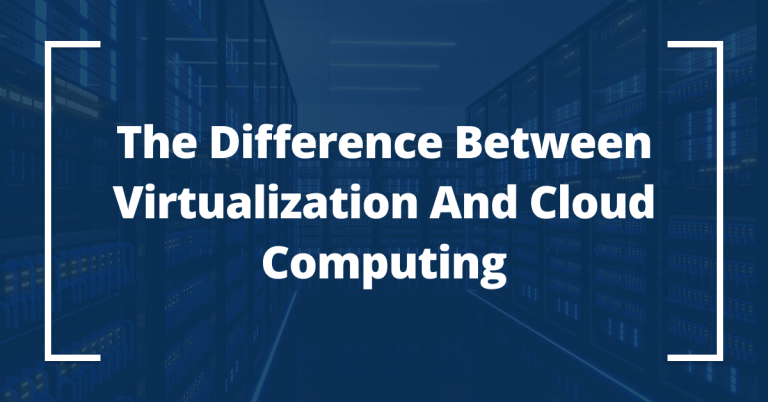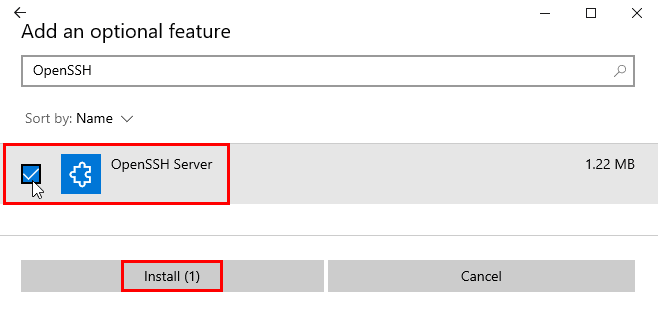Getting more clients signing on than ever – that’s success, right? Well, for the sales team, it probably is. But how does your IT team or client relationship specialist feel about it? How does the team who manages your database feel?
To grow, you need more customers and clients. But just as obvious, you need to continually upgrade your technology and processes to keep delivering the kind of performance that brought in all those new customers in the first place. Sure, you can hire more people and maybe expand your server space, but in-house database management isn’t as easy to scale.
You should consider migrating to a more modern, full-featured database platform rather than just scaling up. Scaling your capacity up with the same essential architecture is a diminishing returns situation, and the curve becomes very sharp very quickly.
What is Database Modernization?
Database modernization generally means converting or migrating your older database from MS SQL or Oracle – which are rapidly becoming legacy software, make no mistake – to newer, open-source relational databases (RDBs) like PostgreSQL or MySQL. If you use a lot of microservices, it might mean moving to something like NoSQL, which was specifically designed for that kind of use.
However, nothing in IT is ever simple. A complete database modernization project might also include replatforming the database entirely. That sounds expensive, but it can open up a whole new world of easy scalability and lower licensing costs. It might mean rehosting to the cloud to make your operations more agile and reduce project overhead. Or it could mean refactoring your applications to reduce the load on your existing database systems to manageable levels.
Why Would Your Company Want to Modernize their Data
New data solutions pop up almost daily, and each innovation has one or two things it’s at least supposed to do better than anything else on the market. Gone are the days when having two choices of underlying technology was a luxury. If anything, the sheer number of options can be a hindrance. It’s nearly impossible for an expert to know everything about all the solutions available today.
That means it’s a golden age for data modernization, and your legacy software’s days are truly limited. You’ll want to seriously consider a managed migration to your new, all-singing, all-dancing database platform. Expert help can reduce costs and project time and maybe even avoid a few of those worst-case scenarios they are always talking about.
The Benefits of Database Modernization
Now that you understand what database modernization is and why you can’t avoid it much longer, take a look at a few things a managed migration to a new database platform might do for you and your organization.
Data Analytics Capabilities
Any analytics operation requires you to capture and process data, and the more, the better. A faster, more efficient, and more agile database can improve the effectiveness of your analytics efforts dramatically.
Efficient Data Processing
One benefit that almost every organization will love is the quantum leap in data processing efficiency you’ll experience. Data modernization gives you new capabilities in terms of data visualization, warehousing, and data mining, as well as making your existing analytics tasks run faster.
Improved Productivity
Doing more with less is the holy grail of management, of course. Data modernization can turn a need for more skilled employees into an excess of capacity. Now, in a recovering economy, filling that capacity will be a lot less of a challenge than recruiting ever was.

Reduced Total Cost of Ownership (TCO)
How difficult would it be to make a business case for a project that would improve your data processing and analytics capacity while reducing the total cost of ownership of your growing database? Well, reduced actual costs are a stated goal of virtually every migration Liquid Web manages.
Grow and Scale Your Company
Data modernization enables business growth that would not otherwise have been possible, but it does a lot more to encourage successful scaling up of operations than you might think. Task automation improves operational efficiency, allowing you to do more with the same team. The added analytics capacity typically improves customer service as you grow, as well.
Real-Time Availability
The ability to react to events in real time can be a game changer. Sales, transactions, and whatever you’re tracking happen all the time. Learning about them in a report at the end of the day or the end of the week is better than not learning about them at all, but imagine the decision-making advantage you’d have if you could see the actual, current state of play with a few clicks.
Let Liquid Web Experts Do the Migrations For You
The conclusion is obvious – you need data modernization, which means migration. You need the migration to go off without a hitch, which means managed migration. But what would the migration look like? There are three main phases:
Initial Sync Phase
Here, Liquid Web will oversee the copying of all of your existing data to the new platform, which will run in parallel while you continue to use the older system.
Testing Phase
This is the process of verification of the new database – making sure that the new system does everything it must in order to work for you without any nasty first-day surprises.
Final Sync Phase
This is the last big step. Checks are performed to confirm that the new database is fully functional, has the latest valid data from the old system, and is receiving new data on its own. This is also when the new platform goes live.
Final Thoughts
Database modernization doesn’t have to be a terrifying proposition. Liquid Web is here to help you through your migration and ensure that your new platform is an improvement in every way.





